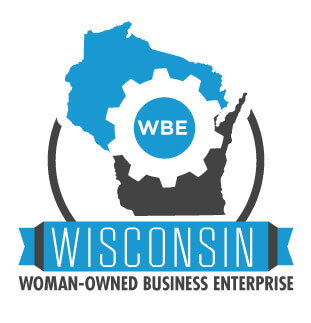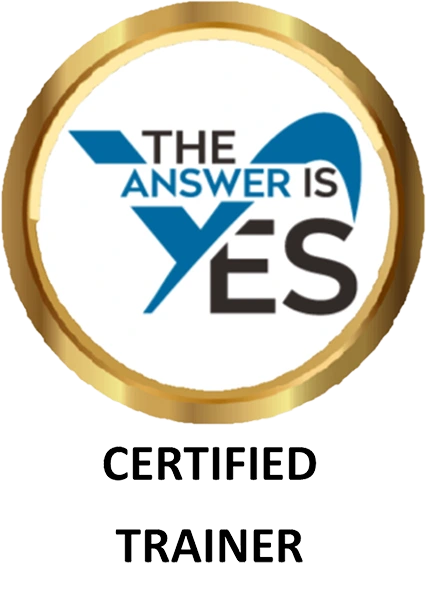When an organization experiences a merger or when divisions within that organization need to intermesh, both seasoned as well as new employees may require an orientation to the new situation. Not only do they need to understand the new interrelationships, they also need to understand the separate functions and services provided by the contributing organizational components.
In 1999, the Wisconsin Department of Transportation determined that three divisions had an integral relationship that needed to be made clear to new employees. The initial needs assessment asked the three division administrators the following questions:
New Employee Orientation Needs Assessment Questions
- What division activities and services do you consider most significant? Why?
- The orientation regarding your division should accomplish what goals?
- What key information would you like the new employees to have about your division?
- Assuming 100% of the time, what percentage of time would you allocate to each key area?
- Why is it important for new employees to have this information?
- How does it affect them or the work they do?
- What information do they already have, either due to personal or job-related reasons?
- What services have they already experienced, either due to personal or job-related reasons?
- Are there any metaphors that are useful in explaining the nature of specific activities and services provided?
- What was done for the Take Your Children to Work Day?
- Could any of those activities be used for new employees?
- Are there other types of activities or participant exercises that you believe would engage and involve the new employees?
- What resources or reference sheets would be useful to include in the new employees’ orientation materials?
- Is a tour a good idea? If so, why, where, how long?
- What would you like a tour to specifically demonstrate?
- What information would you want to be covered during the tour?
- Can you recommend specific staff who are technically knowledgeable, as well as accessible and responsive, to serve as a resource during the orientation training design phase?
- What role would you prefer to play in the training design and presentation stages?
- What assistance, if any, can we provide in the design of the training or in the training of the trainers, that you would consider useful for staff, and/or useful for you, personally?
- Additional comments, recommendations, or concerns:
Their answers resulted in an amazingly creative and interactive new employee orientation program that seasoned employees clamored to attend. The orientation program design process also generated job aids, brochures, and audiovisual materials that each division could use to better serve the public and explain their functional role to the legislature.





